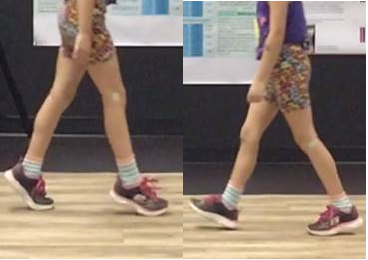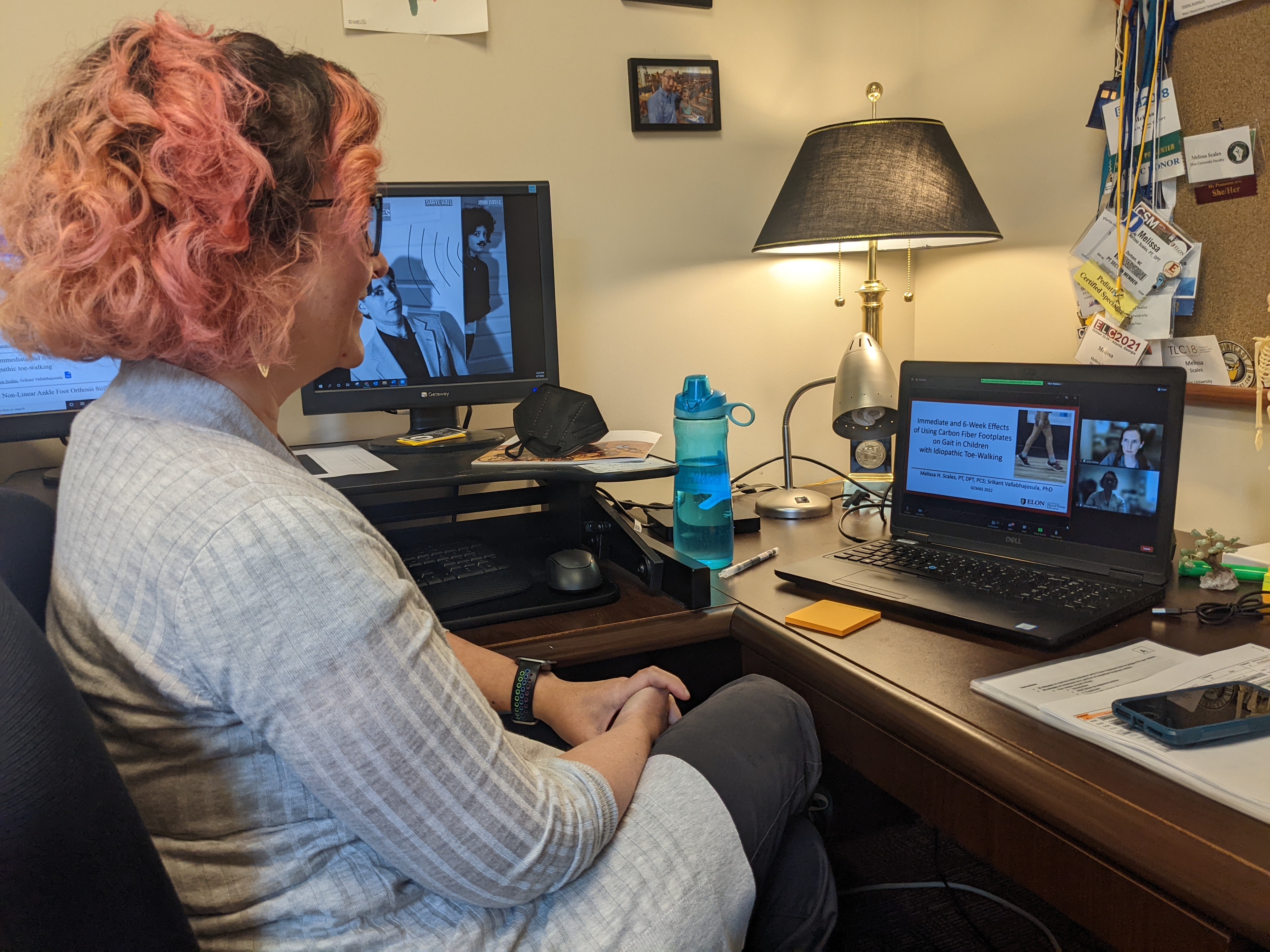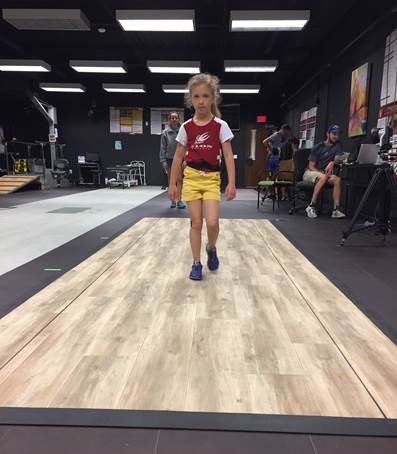Assistant Professor of Physical Therapy Education Melissa Scales virtually presented research she conducted with Associate Professor Srikant Vallabhajosula at the 2022 Gait and Clinical Movement Analysis Society’s Annual Conference.
Assistant Professor of Physical Therapy Education Melissa Scales virtually presented research she conducted with Associate Professor Srikant Vallabhajosula at the 2022 Gait and Clinical Movement Analysis Society’s Annual Conference.

This virtual conference brings a multidisciplinary group of researchers and clinicians together to study and share knowledge of human movement, most specifically gait. Her presentation was titled, “Immediate and six-week effects of using carbon fiber footplates on gait in children with idiopathic toe-walking.”
Idiopathic toe-walking is a condition hallmarked by a child walking habitually on their toes without an explanatory neurological diagnosis. It is difficult to treat. Children who walk on their toes can have pain in their feet, tight calf muscles, and changes in the bony structure of their feet. Children who toe-walk may require physical therapy, to wear orthotics, or at worst case, surgery. Carbon fiber footplates are a minimally researched intervention. They are stiff metal plates that are placed under the insoles of the child’s shoes which do not allow the child to rise up on their toes if the shoes are tied snugly.
Using an instrumented Zeno walkway system in the Biomechanics Laboratory at Elon’s Francis Center, children who toe-walk walked with and without the carbon fiber footplates and their walking was compared. The Zeno Electronic Walkway is used to study walking in multiple different patient types within the Francis Center. “The Zeno is akin to walking on butcher paper with ink on your feet, with the computer calculating walking speed, the distance between legs and steps, how much of the foot touches the ground, and much more,” Scales said.

Preliminary data appears to be positive that carbon fiber footplates increase the foot area that contacts the floor of the child that has idiopathic toe-walking, and the timing of walking significantly changes to be more similar to the timing of a typically walking child. A six-week trial of the carbon fiber footplates did not lead to significant changes in walking, but the footplate wear times were greatly varied for each child and the number of participants who completed the six-week intervention were few.

Scales and Vallabhajosula worked with Doctor of Physical Therapy students to collect data for this ongoing study. If you know a child or adult who walks on their toes without cause from a neurological diagnosis, Elon University’s Department of Physical Therapy Education would be interested to work with them.


